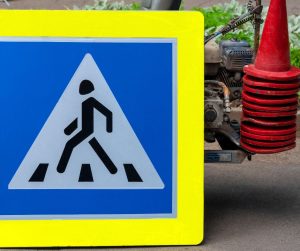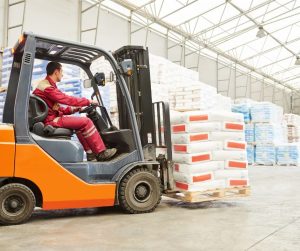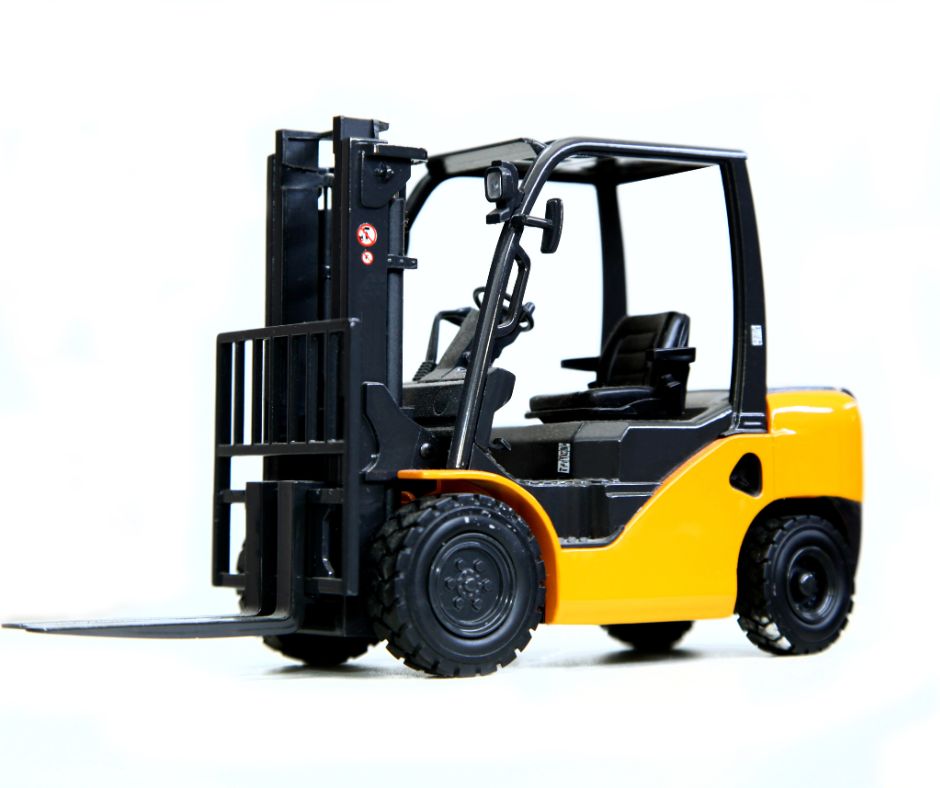The Potential Dangers of Forklift Truck Operation
- Tip-over tragedies
- Falling loads
- Blind spot issues
- Speed
- Maintenance mishaps
These dangers highlight the importance of a multi-pronged approach to FLT safety.

Safe Use of Forklift Trucks in the Workplace
Adequate training, regular maintenance, adherence to safe operating practices, and fostering a pedestrian-friendly environment are crucial to manage the risks and ensure the safe operation of FLTs.
Training and Certification
To safely harness FLT potential, thorough safety training is crucial. Employers must ensure that the team is given all the training they need to safely and legally operate a FLT and keep themselves, their workmates and visitors safe. Training should cover theoretical knowledge, practical skills and workplace-specific hazards. Certification upon successful completion ensures operators possess the necessary knowledge and skills to handle the machine safely. It marks the culmination of the training journey.
Maintenance
Regular checks and services are crucial to keep FLTs safe and efficient. Before each use, operators must conduct thorough inspections of the FLT, including tyres, brakes, steering, forks and safety features such as lights, horns and warning devices. This ensures that basic functionality is good. Periodic maintenance tackles wear and tear. Grease fittings get attention, filters are replaced, and fluids are topped off. Annual inspections serve to check brakes, welds, and critical components for signs of trouble.
Safe Operating Practices
While operating the FLT, safety should be prioritised with the following practices; travel at safe speeds, maintain stability, use designated travel paths, sound audible warnings and secure loads properly. Operatives should wear high-visibility clothing. It is important to ensure the load weight doesn’t exceed capacity. Keep forks lowered except when lowering or raising cargo. Always tilt the mast forward only when the forks are empty and retracted. Never carry passengers or lift people and operate cautiously on uneven surfaces or inclines. Stay aware of your surroundings. Once the task is completed or the operative’s shift ends, the FLT should be returned to the designated area and parked safely.
Pedestrian Safety
Pedestrian safety around FLTs is imperative. Pedestrians should wear high-visibility clothing and stay alert to the sounds and signals of FLTs in operation. Walkways should be strictly adhered to, clearly marked and separated from FLT zones by barriers or paint. Pedestrians should never walk under raised loads, even if they look stable. Pedestrians should stay at least three meters away from operating FLTs; even more when they are carrying heavy loads. It is important that pedestrians make eye contact with drivers whenever possible, if unsure, pedestrians should stop and wait until they are acknowledged.
Forklift Truck safety is a shared responsibility
FLTs, though invaluable assets, pose significant risks due to their size and power.
By prioritising safety and vigilance, managers, pedestrians and FLT operators can work together to create a hazard-free environment.












